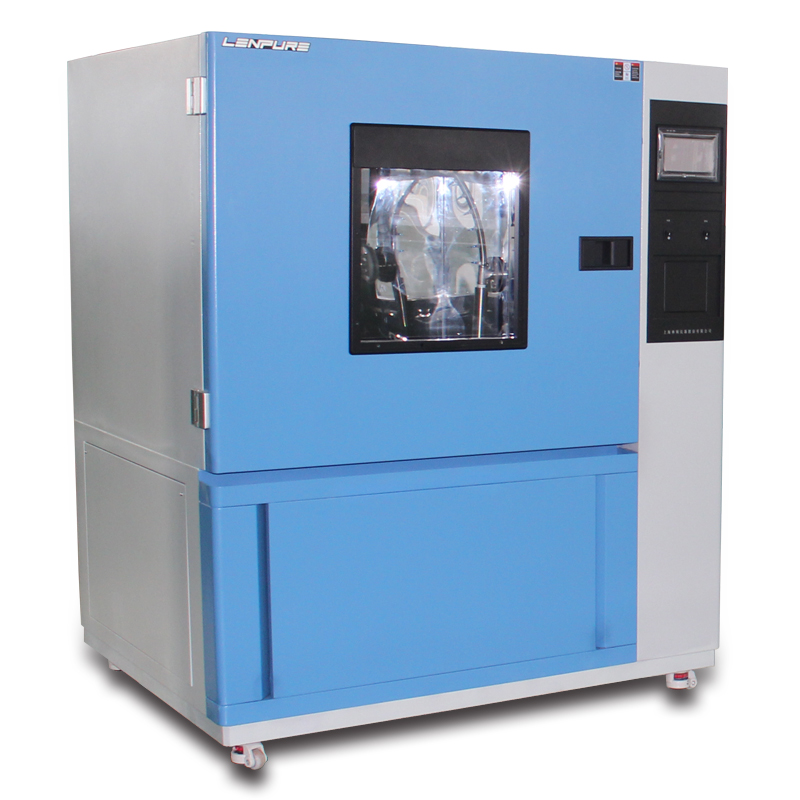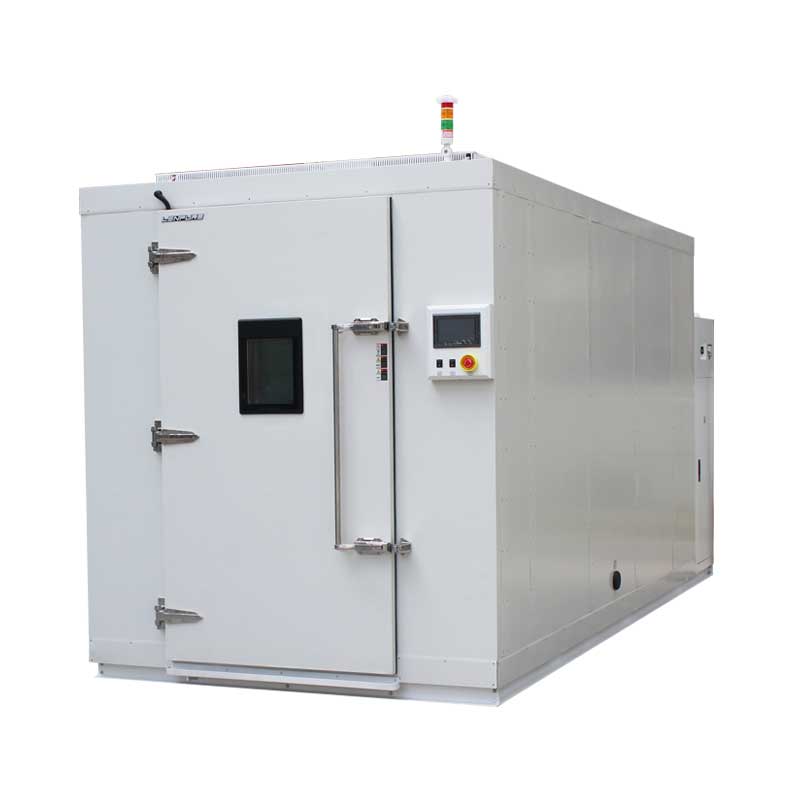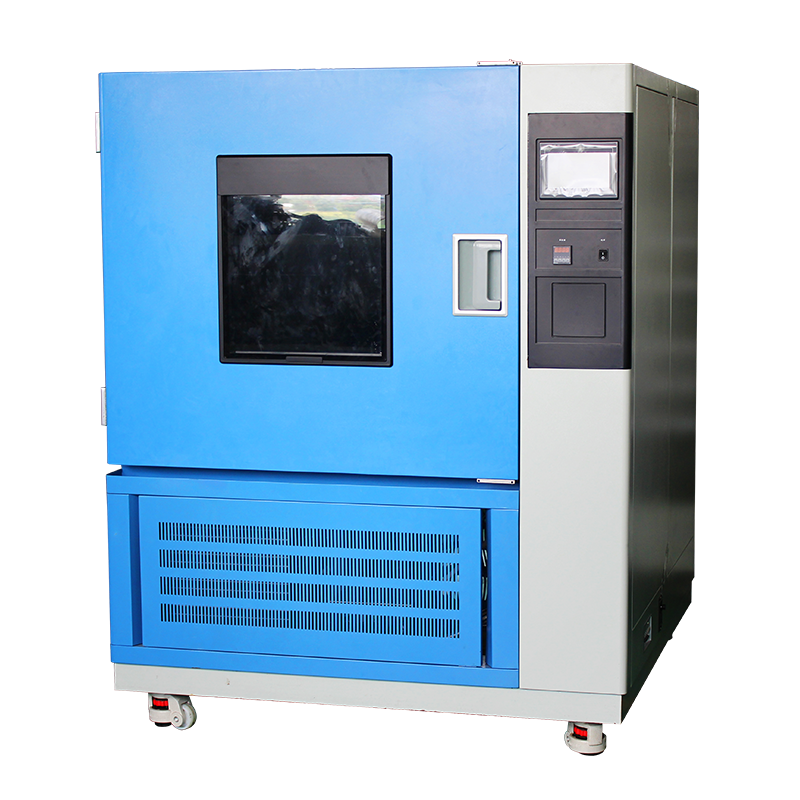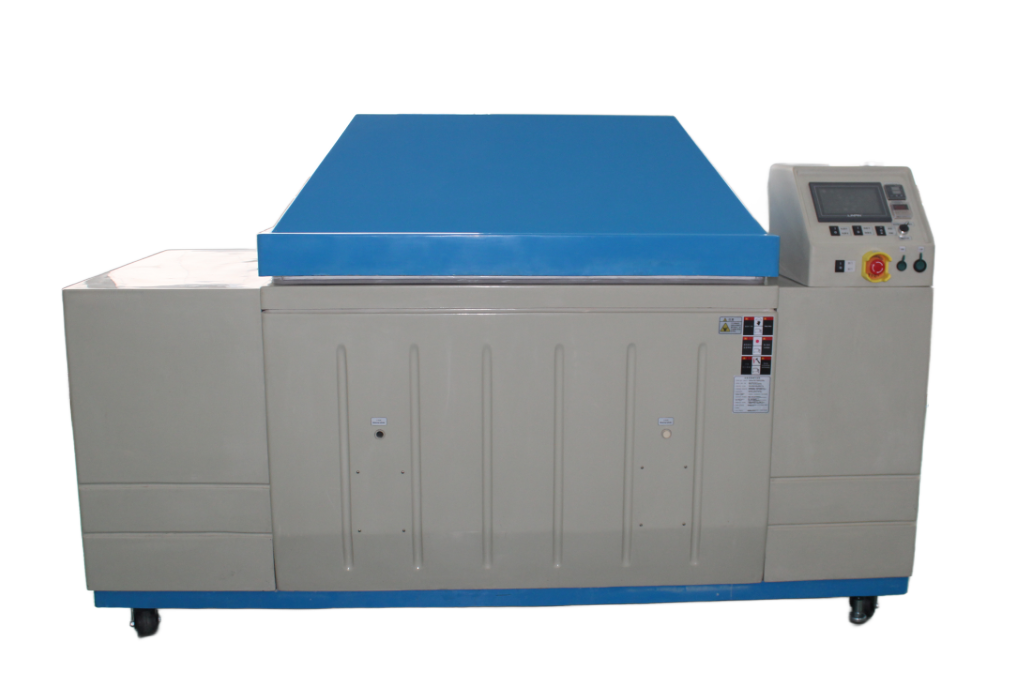What are the standards and specifications for using a rain test chamber?
Author:LINPIN Update Time:2025-05-17 Source:LINPINWith the increasing demand for waterproof performance in industries such as electronics, automotive components, and building materials, rain test chambers, as essential equipment for evaluating product durability and protective capabilities under rain conditions, have gained widespread application. To ensure the accuracy and reliability of test results, understanding and adhering to relevant usage standards and specifications is particularly critical.
Role and Importance of Rain Test Chambers
Rain test chambers are primarily used to simulate natural rain environments, testing the waterproof performance of products and evaluating their durability and sealing under wet conditions. Through standardized testing procedures, they not only help enterprises improve product quality but also meet stringent market requirements for waterproof ratings.

Key Applicable Standards and Specifications
-
GB/T 2423.38-2008 Environmental Testing for Electric and Electronic Products – Part 2-38: Test Methods – Test Zdb: Rain Test
This standard specifies the specific methods for rain tests, including duration, water flow rate, and test angles, providing a scientific basis for rain testing. -
IEC 60068-2-18 Environmental Testing – Part 2-18: Test Methods – Rain Test
Established by the International Electrotechnical Commission (IEC), this is a globally adopted standard for environmental testing of electrical products, ensuring alignment with international practices. -
ISO 20653 Road Vehicles – Degrees of Protection (IP Code) – Test Methods
This standard includes rain test requirements, particularly applicable to the protection testing of electronic devices in the automotive industry. -
GB 4208-2017 Degrees of Protection Provided by Enclosures (IP Code)
It defines the evaluation criteria for enclosure protection levels, closely related to rain tests, and guides product design and inspection.
Specifications for Using Rain Test Chambers
- Equipment Calibration and Maintenance: Regularly calibrate nozzle flow rates and spray angles to ensure uniform and standard-compliant simulated rainfall.
- Test Condition Setup: Configure rainfall intensity, duration, and sample angles according to standards to avoid human errors affecting results.
- Sample Installation Guidelines: Secure samples to ensure the exposed surface meets requirements, preventing blind spots or missed inspections.
- Data Recording and Analysis: Document all test parameters and conduct scientific analysis to ensure accurate and valuable conclusions.
As a critical tool for quality assurance, the standards and specifications for rain test chambers directly impact the credibility of test results. Only by strictly adhering to relevant standards can enterprises effectively enhance product quality and gain market recognition.
If you are looking for a professional and high-efficiency rain test chamber, feel free to contact us to experience leading environmental testing solutions!





